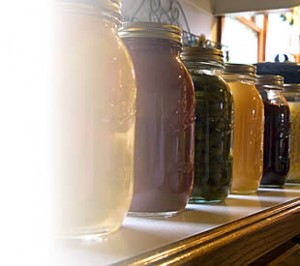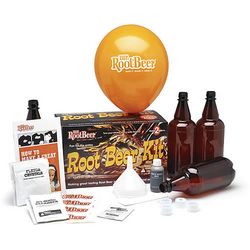
Ancient apple trees line the back roads that wind through the hills of my rural, New England town. Nobody bothers with them much anymore. The fruit is sometimes gnarled, scabby and often a worm or two has taken up residence. These forgotten apples bear no resemblance to the unblemished supermarket specimens that fill bag after plastic bag in identical perfection.
Old apples have such wonderful names. Ashmead’s Kernal, Spartan, Pippins, Roxbury Russet, Winesap, Gravenstein, you won’t find many of these at a supermarket. Each had a place in an early homestead. Some were excellent keepers, others better cider apples. Some ripened early while others hung on the branch until after a late frost.
 The flavors of old apples are complicated. You have to think about what you’re eating. Is that a hint of cinnamon, maybe? That other is so tart it makes you mouth pucker but what a fabulous addition to cider. Even the same variety from place to place and year to year is subtly different.
The flavors of old apples are complicated. You have to think about what you’re eating. Is that a hint of cinnamon, maybe? That other is so tart it makes you mouth pucker but what a fabulous addition to cider. Even the same variety from place to place and year to year is subtly different.
If I can find an owner I’ll ask permission before I pick but often only a hint of house remains. There’s a cellar hole maybe or the skeleton of a used-to-be barn. Then I pick away, happy to share this gift of a old apple tree with any other intrepid picker who comes along.
I must look like a scarecrow out there. I wear a floppy hat to keep the sun off my neck. If the weather is cold enough I’ll toss on my old barn coat. Otherwise, an old flannel shirt and heavy jeans will do. I carry a whistle too. I’m generous by nature but I have no desire to share with a hungry bear.

I’m far too old to be climbing around the branches of old trees but the best fruit is at the top. There is muscle memory in tree climbing and I enjoy it but now, in my sixth decade, there is no question that it isn’t as easy as it used to be. I have come to rely on my Fruit Picker and my Hands-Free Harvest Apron. I get the pick of the tree without the risk of breaking something that would take a long while to heal at my age. I still love to find an old tree with wide, low limbs and hoist myself up
After my bags and baskets are full, I head for home. My car smells like a cider mill and I always seem to have a bee or two come along for the ride. Now the fun begins. What do I do with the bounty? We have a press and some will wind up as cider. The pulp will feed the pigs or the chickens or the compost heap. Some will be sauced and canned. I’ll make at least one batch of apple/mint jelly. Some will be baked into pies and others dried for winter snacks. The very best late apples will sit in the root cellar and be eaten fresh right into February.
How much is too much? It’s the pressing (no pun intended) question. Apples are measured by the pound, the bushel and the peck.
A bushel weighs between 42 and 48 pounds. A peck weighs between 14 and 18 pounds. A pound of apples will provide you with 4 to 5 medium apples. A bushel of apples will make between 12 and 15 quarts of applesauce if you don’t add sugar. Adding sugar will increase the yield to between 14 and 18 quarts.
If a quart is too much for you, then a bushel of apples will make about 32 pints. A bushel of apples will provide you with 10 to 12 quarts of juice or cider.
About 30 apples will fill a 9 shelf dehydrator

. You will need 8 medium apples to generously fill a 9 inch pie pan. I can buy a bushel of cider apples, a mix of several varieties of not-quite-perfect apples but perfect for cider, saucing and drying, from a local orchard for about $11.00. I can get a better price by buying more than that. That’s quite a savings over supermarket prices but the foraged apples from those old trees on the ghost farms are the best price of all.































